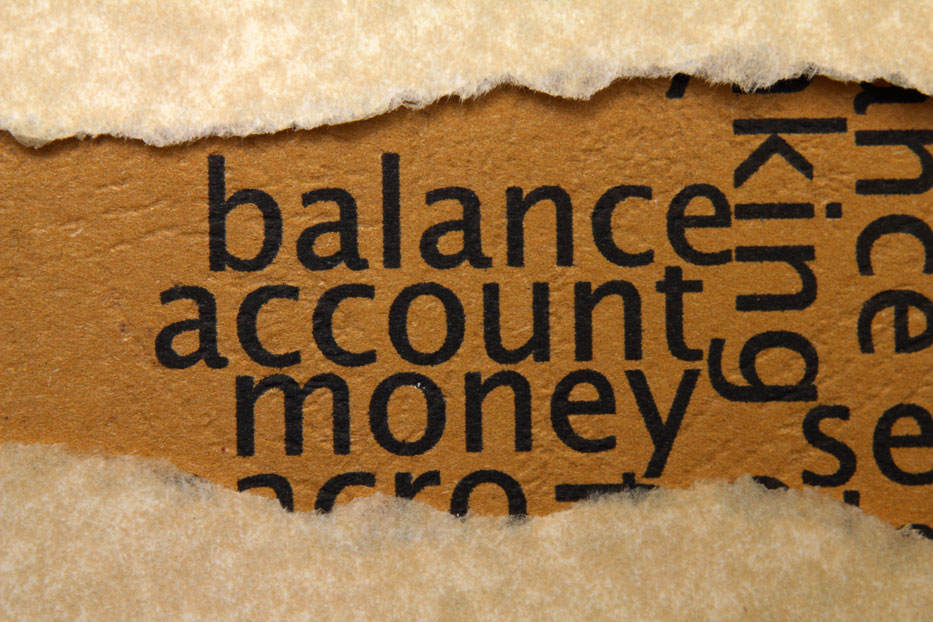From the St. Louis Fed On The Economy Blog.
When banks that are considered “too big to fail” (TBTF) are on the verge of failure and are subsequently saved by the government, many argue that the government is bailing out stock and bond holders at taxpayer expense. However, exactly who gets bailed out may be unclear. An Economic Synopses essay argues that it depends on when the institution is labeled TBTF.
Director of Research Christopher Waller noted that current stock and bond holders of failing banks get bailed out if the institutions are unexpectedly declared TBTF at the moment they are about to default. This is because markets haven’t had time to incorporate the TBTF news into asset prices.
However, it’s when banks are considered TBTF prior to default that the issue of who gets bailed out becomes murkier. Waller quoted authors of a 2004 book Ron Feldman and Gary Stern about the problem: “‘The roots of the TBTF problem lie in creditors’ expectations … and the source of the problem is a lack of credibility’ that the government will let them fail.”1 Waller wrote: “It is exactly this timing that makes it difficult to determine who benefits from TBTF.”
A TBTF Announcement and Reaction
Waller gave an example of a bank (which he simply called bank A) that had been declared TBTF by the government. In response, the prices of the bank’s stocks and bonds would rise to reflect this new information. Subsequent offerings would also have higher prices, again due to the TBTF designation (and corresponding lack of default risk).
Investors who buy this bank’s stocks or bonds after the announcement, however, wouldn’t necessarily see a benefit. Waller noted that the TBTF status should be fully incorporated into asset prices, assuming financial markets are efficient. He wrote: “In short, new buyers are paying for the TBTF insurance via higher equity and bond prices. They do not receive a windfall from the TBTF status assigned to bank A.”
What If the Bank Is Allowed to Fail?
Waller also addressed what would happen if the bank was still allowed to fail after the TBTF designation was given. He wrote that initial bond and stock holders who sold after the announcement would not care, as they already received the insurance premium and would not be affected by the failure.
The current holders, however, would have paid a premium for the insurance, only to lose their investments anyway. Waller wrote: “Hence, it is not surprising that they would be upset by the government’s action. Who wouldn’t be upset after paying for insurance that didn’t pay off when it should have?”
Conclusion
Waller wrote: “To summarize, the value of being designated TBTF is capitalized into the price of a firm’s equities and its bonds. TBTF provides a windfall capital gain to shareholders and creditors at the time of the designation. But after that, new buyers of equities and debt are paying for that status. Consequently, determining who gets ‘bailed out’ when an institution is TBTF is a more complicated task than it appears.”
Notes and References
1 Feldman, Ron; and Stern, Gary. Too Big to Fail: The Hazards of Bank Bailouts. Washington, D.C.: Brookings Institution Press, 2004.

